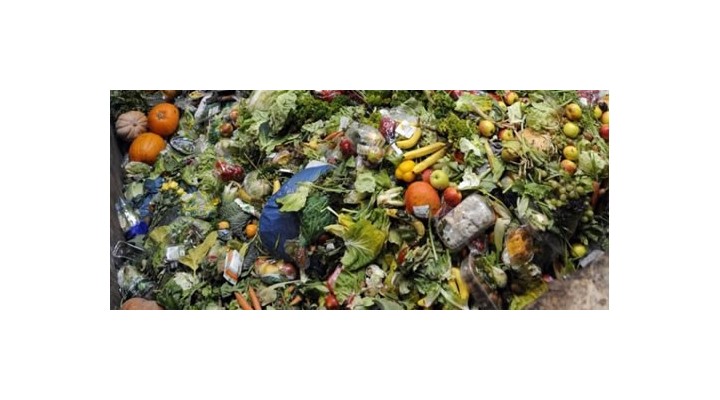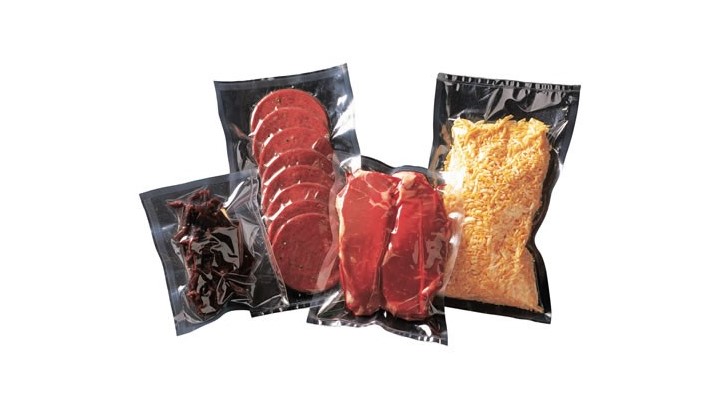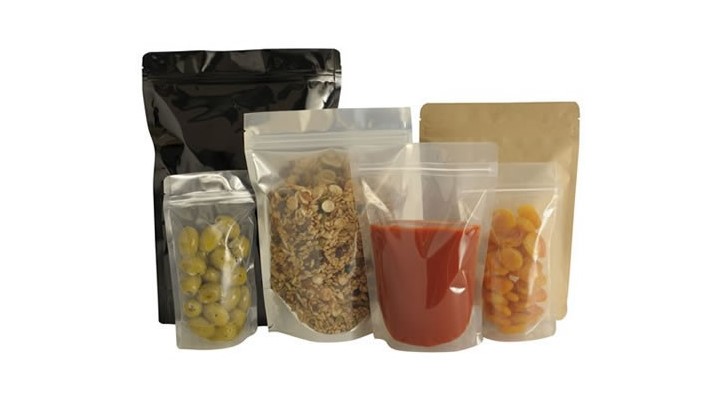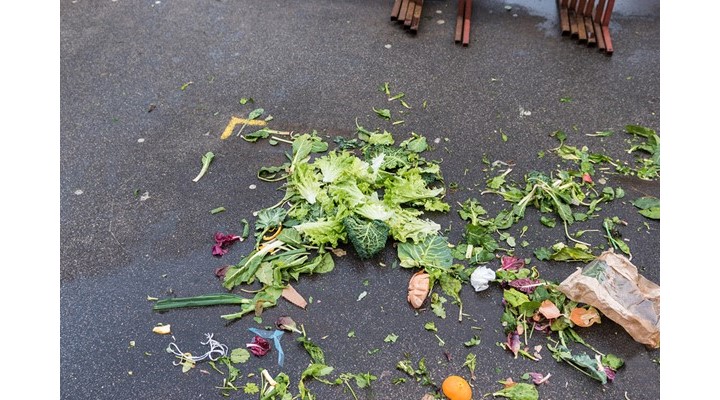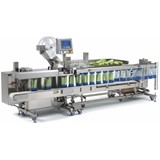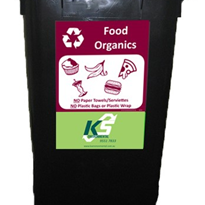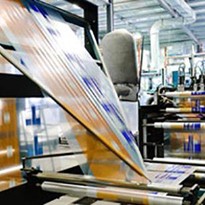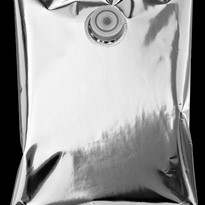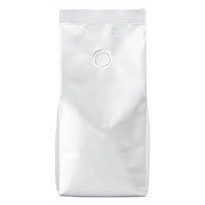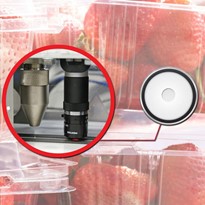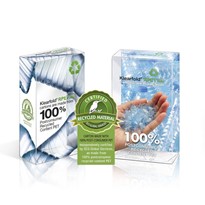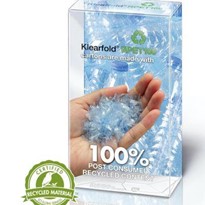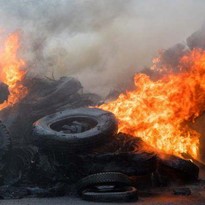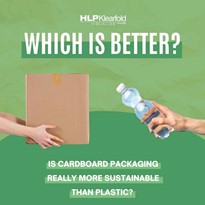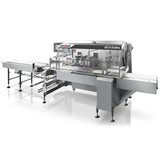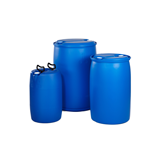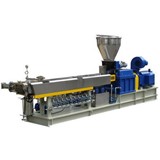Whilst considering food wastage, we have to look further than just fruit and vegetables...but what about that plastic packaging?
Facts about food wastage (Definition of 'food waste' - to intentionally discard edible items)
- Currently, the world produces enough food to feed the world population and an additional 2.5 billion people, (the population increase expected over the next 35 years)
- 870 million people go to bed hungry each night
- Approximately one third of all food produced never reaches the table (1.3 billion tons)
- According to the Food Agricultural Organisation of the UN (FAO) excess food produced uses a volume of water that is equivalent to the annual flow of the Volga (Europes largest river)
- According to the United Nations almost one quarter of the world’s population, face economic water shortage
- Direct economic consequences of food wastage (excluding seafood) runs at a cost of $750 billion dollars annually
- The collation of energy that goes into the production, harvesting, transporting, and packaging of wasted food generates more than 3.3 billion metric tons of carbon dioxide. If food waste were a country, it would be the world's third largest emitter of greenhouse gases, behind the U.S. and China
Why do we have so much food wasted?
In developing countries
- most food wasted occurs during agricultural production/post harvest largely due to financial and structural limitations leading to storage and infrastructure issues
- climactic conditions also contribute to food spoilage
In affluent regions
- consumer behaviour is a significant cause - overreactions to 'best-before' dates, non-purchase due to slight visual imperfections and failure to plan shopping
- shops reject food due to aesthetics and a lack of communication in the supply chain.
- most food waste occurs at the retail consumer levers 31-39% (compared to 4-16% in developing regions)
Overall an FAO study shows 54% of food wastage occurs 'upstream' (production, post harvest and handling/storage). The other 46% occurs 'downstream' (processing, distribution and consumption).
What can we do?
According to the Director of the Food Agricultural Organisation of the UN, Jose Graziano da Silva "we must all make changes at every link of the human food chain to prevent food wastage from happening in the first place, and re-use or recycle it when we can’t". For more detailed ideas on what can be done - refer to the FAO Toolkit for recommendations.
Reduce: start by improving (reducing) the losses of crops due to poor practices and improve our balance of food production with demand. This would result in not wasting our resources on over production in the first place.
Re-Use: Look further into re-using food within the human food chain. Find secondary markets or donate extra food to vulnerable members of society. If it's not fit for human consumption then divert it back to feed for livestock.
Recycle and recover: Utilise by-products recycling through composting and incineration - allow energy and nutrients to be recovered from food waste. This would create a significant advantage over dumping wasted food into landfills (which is a large producer of methane/greenhouse gas).
So where does this leave plastic packaging? the difficult choice.
In terms of the environment, plastic has become a dirty word but it can actually extend the life of food considerably. So here's the difficult choice. Do we consider plastic packaging as an option, or do we simply disregard it on other environmental grounds?
Here are some facts
- Barrier plastic can typically give 18 months of shelf life without the need for preservatives
- We can reduce food loss in stores by as much as 12% with modified atmosphere plastic packaging and increasing shelf-life from 5-10 days
- It is estimated that plastic packaging accounts for only 1.5% of oil and gas use
- If plastics were not used in packaging and other materials were used instead - then waste and energy consumption would double, with weight and costs quadrupling
- The lighter the weight of plastic generally means the less use of resources
Points to note from people in the industry:
- J.Sainsbury (a British grocer) claims to have reduced store waste by more than half after moving beef steak lines into vacuum packaging.
- Mark Little (in charge of food wastage at Tesco) points out - for every tonne of food wastage there are 3.5 tonnes of carbon dioxide compared to a tonne of packaging resulting in 1-2 tonnes of emissions.
- Global Packaging Director of Mintels (a research company), David Luttenberger, says the throwaway culture of today will evolve into one that understands and embraces the role of packaging as a primary means of reducing global food and product waste. "A focus on package innovations that extend food freshness, preserve ingredient fortification, and ensure safe delivery is increasingly benefitting consumers".
What are the benefits of reducing food waste?
- Better management and less wastage of increasingly scarce resources like water
- Reduce carbon emissions
- Save money!
- Let's feed everyone
So suddenly with the facts this seems like an overwhelming issue, but one we all need to play our part in as individuals, communities, corporates, governments and countries. We can all help reduce the impact on our environment and help feed the people of the world.
Some packaging products that will assist with extending the life of food
- Vacuum Pouches/packs - used to reduce the atmosphere in packaging that protects and preserves the freshness and therefore gives a longer shelf life to the food packaged. Used with Vacuum packaging Machines
- Stand Up Pouches / Doypack zip lock bags - have a silver foil lining which acts as an oxygen barrier to keep food fresher for a longer period of time. Available without a zip lock opening (for vacuum sealing) also
- Shrinkfilm and shrink wrapping machines - commonly used to shrink wrap food items, anything from cucumbers to pizzas and extend the life of the food.


